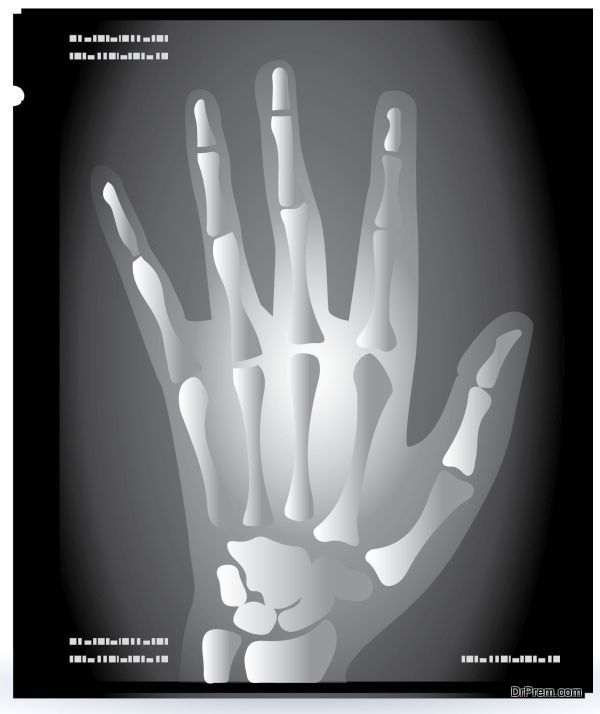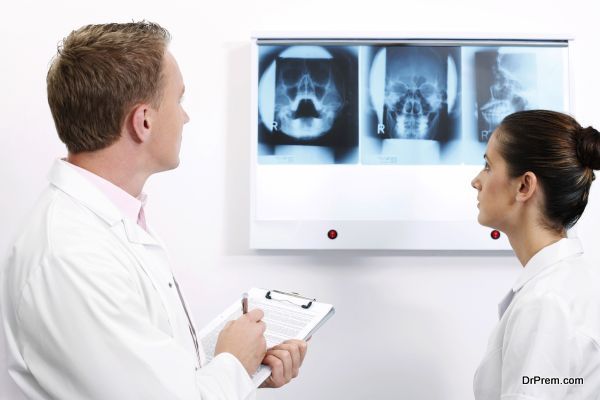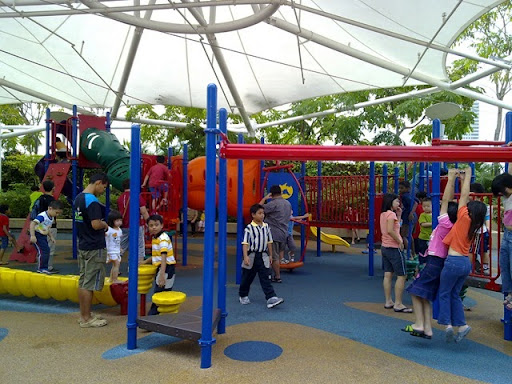The harmful effects of radiation are known to all of us. Excess exposure to radiations while taking X-rays or during CT scansmay result in several harmful diseases. Children are at a higher risk when exposed to these radiations. Therefore, there is lots of discussion on paediatric imaging.
Benefits of paediatric imaging

- This is one of the best ways to give a fair idea about your child’s physical health to the paediatrician or neurologist etc.
- With the help of the images, a radiologist can detect problems like pneumonia, trauma, appendix, cancer etc.
- This not just helps in diagnosing the disease but also helps understand the severity of the disease.
- One can easily prevent the more dangerous procedures,surgeries,angiography etc.
- In the case of chronic diseases like cancer, it becomes important to keep a tab on the disease and also to monitor how the patient is responding to the treatment.
Paediatric imaging and its effects

Paediatric imaging has definitely helped a great deal in detecting and treating different diseases in children as well as adults. Radiography,CT Scan,Fluoroscopy etc. all work on almost the same principle. Radiography involves a single image, Fluoroscopy a continuous X-ray image is displayed and in CT Scan several X-Ray images are recorded.
This method definitely helps in painless diagnosis and use of non-invasive techniques and also prevents the use of procedures like placing stents or catheters inside the body. However, there are problems of radiation risks involved.
- Due to exposure to high levels of radiation one can suffer for hair loss, skin reddening, cataracts etc.
- Depending on the age of the patient,sex of the patient and the dose of radiation there are chances that the patient may develop cancer later in life. Women are found to be more sensitive to radiations than men.
One has to take precautions of preventing unnecessary exposure to ionising radiations in children. This is because the equipment used for adults may result in the paediatric patient being exposed to more radiations as compared to adults.
Children are obviously more sensitive to radiations as compared to adults and ionising radiations increase the probability of cancer. Therefore, while going in for paediatric imaging the radiologist must opt for the minimum possible radiation setting for children. This will help in reducing the risk factors and will help the patient get the advantage of the imaging procedure.
Do reduction measures help paediatric patients?

Since the benefits of imaging are many one as compared to the risks involved one cannot stay away from it completely even in the case of paediatric patients. However, according to experts a reduction in the exposure to the radiations can help a great deal.
Radiologists should protect the patients from excess exposure to radiations by always comparing the doses that they administer with the standard reference. Those who use digital radiography should avoid using high KV settings and tube currents. Anti-scatter grid can also be avoided in case of children.
Paediatric imaging cannot be avoided completely. The number of advantages that this procedure has is definitely more that the drawbacks. However, radiologists can take the required precautions to ensure that the paediatric patients are not over exposed to the radiations.




